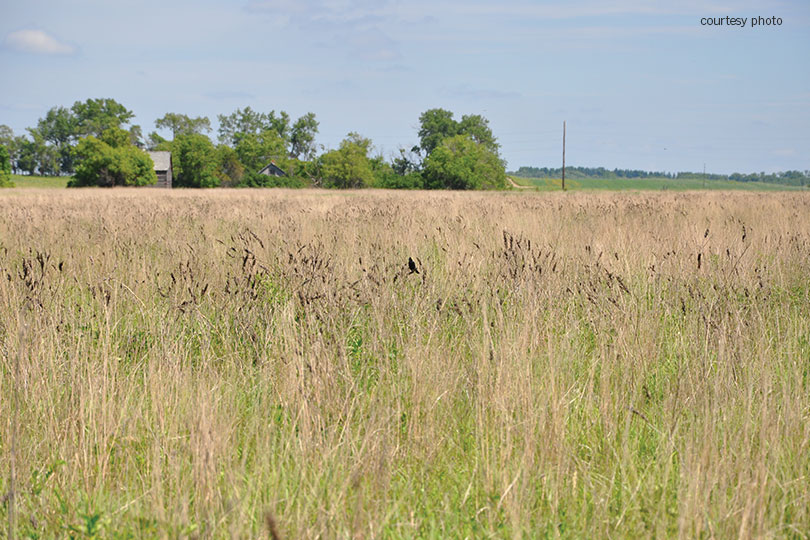The U.S. Department of Agriculture (USDA) is increasing incentive payments for practices installed on land enrolled in the Continuous Conservation Reserve Program (CRP).
USDA’s Farm Service Agency (FSA) is upping the Practice Incentive Payment for installing practices from 5 percent to 20 percent.
Farmers and ranchers also will receive a 10 percent incentive payment for water quality practices on land enrolled in CRP’s continuous signup.
FSA administers CRP on behalf of the Commodity Credit Corporation.
“The Conservation Reserve Program provides agricultural producers and landowners with a tool to conserve natural resources on their land that is less suitable for farming,” FSA Administrator Richard Fordyce said. “We offer a number of CRP initiatives, including continuous CRP, which greatly benefits natural resources like water. Increasing the incentive payment gives farmers even more reason to participate in continuous CRP, one of our nation’s largest conservation endeavors.”
Under continuous CRP, farmers and ranchers can enroll environmentally sensitive land devoted to certain conservation practices with signup available at any time.
FSA automatically accepts offers provided the land and producer meet certain eligibility requirements and the enrollment levels do not exceed the number of acres FSA is allowed to enroll in CRP, which was set by the 2018 Farm Bill.
Signed into law in 1985, CRP is one of the largest private-lands conservation programs in the United States.
It was originally intended primarily to control soil erosion and potentially stabilize commodity prices by taking marginal lands out of production.
The program has evolved over the years, providing many conservation and economic benefits. The program reached its 35-year anniversary in December 2020.
Program successes include preventing more than 9 billion tons of soil from eroding, which is enough soil to fill 600 million dump trucks.
The program has also helped reduce nitrogen and phosphorous runoff relative to annually tilled cropland by 95 percent and 85 percent, respectively.
Sequestering an annual average of 49 million tons of greenhouse gases, which is equal to taking 9 million cars off the road, is also a success of the program.
Another program success includes creating more than 3 million acres of restored wetlands while protecting more than 175,000 stream miles with riparian forest and grass buffers, which is enough to go around the world seven times.
In addition, bees and other pollinators benefit and populations of ducks, pheasants, turkey, bobwhite quail, prairie chickens, grasshopper sparrows and many other birds have increased.
The successes of CRP contribute to USDA’s Agriculture Innovation Agenda and its goal of reducing the environmental footprint of U.S. agriculture by half by 2050.
In 2020, USDA announced the department-wide initiative to align resources, programs and research to position American agriculture to better meet future global demands.
For more information on CRP, visit fsa.usda.gov or contact your local FSA county office.

